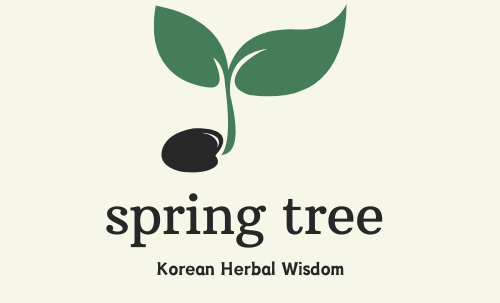Hosta (Hosta plantaginea) is a fragrant spring herb perfect for salads and soups. Learn about its health benefits, easy recipes, harvesting tips, and storage methods. Bring the taste of spring to your table!
Hosta: A Fragrant and Healthy Wild Herb for Spring
Hello there! 🌿
Today, we’re diving into the world of hosta, a unique wild herb that’s as beautiful as it is healthy. Known for its fragrant white flowers and tender young leaves, hosta is a delightful addition to your spring meals. From its health benefits to cooking tips, let’s explore everything this versatile plant has to offer! 😊
1. What Is Hosta?
Hosta (Hosta plantaginea), also called the plantain lily, is a perennial herb that grows in humid, shaded areas near mountains or water. Its tender young leaves are harvested from April to June, making it a seasonal favorite for spring dishes.
The leaves are oval-shaped, measuring 15–22 cm in length and 10–17 cm in width, with a distinct pointed tip and prominent veins. Hosta leaves are best enjoyed blanched and prepared as a salad or added to soups for a mild, refreshing flavor.
2. Health Benefits of Hosta
Hosta is more than just a tasty herb—it’s packed with nutrients that promote health and wellness. Here are some of its top benefits:
Aids Digestion: The fiber in hosta supports healthy digestion and soothes the stomach.
Antioxidant Properties: Rich in antioxidants, hosta helps reduce oxidative stress and slows down aging.
Anti-Inflammatory Effects: Its natural compounds reduce inflammation and support immune health.
Boosts Energy: Loaded with vitamins and minerals, hosta helps combat fatigue and restores vitality.
3. How to Cook Hosta
Hosta leaves are incredibly versatile and easy to cook with. Here are two simple recipes you can try:
Hosta Salad (Namul)
Wash the tender young leaves thoroughly.
Blanch them in boiling water for 1–2 minutes, then rinse under cold water and gently squeeze out excess moisture.
Toss with sesame oil, soy sauce, minced garlic, and sesame seeds.
Enjoy a light, flavorful side dish that’s perfect for spring meals.
Hosta Miso Soup
Dissolve miso or soybean paste in boiling water to create the base.
Add diced potatoes, zucchini, and tofu for a hearty soup.
Stir in blanched hosta leaves during the final minutes of cooking.
Serve hot and enjoy the soothing flavors of spring.
4. When and How to Harvest Hosta
Best Time to Harvest:
Hosta leaves are at their best from April to June, when they’re tender and full of flavor.
Where to Find It:
Look for hosta in humid mountain areas, shaded spots, or near water sources. It grows abundantly across Korea.
Harvesting Tips:
Focus on collecting young, fresh leaves for the best texture and taste.
Leave the roots intact to allow the plant to grow back for future harvests.
5. How to Store Hosta
Proper storage ensures that hosta leaves remain fresh and flavorful for your dishes.
Refrigeration:
Blanch the leaves, pat them dry, and store them in an airtight container or plastic bag in the refrigerator. They’ll stay fresh for up to one week.
Freezing:
Divide blanched hosta leaves into portions and freeze them for several months. This method keeps their nutrients and flavor intact, ready for use anytime.
6. Why You Should Try Hosta
Hosta is a perfect example of how nature provides delicious and nutritious food. Its mild flavor and health benefits make it an excellent addition to your spring table. Whether you enjoy it as a salad, a soup ingredient, or a simple side dish, hosta is a wild herb worth exploring.
Have you cooked with hosta leaves before? Share your favorite recipes or tips in the comments below—I’d love to hear from you! 😊
